Why should you take a photography course, read an instructional book, or figure out how to use your camera beyond pointing and shooting? Cameras are so smart these days. You can get great photos with a basic DSLR in auto mode, right? You don’t even have to know anything about photography.
My beginners’ classes are full of people who want to learn more about their cameras, who want to improve their photos, and who are frustrated with the results from shooting in auto. It doesn’t take much time to learn how to dramatically improve your photos by taking back control from the camera’s automatic settings. Beyond that, it’s all about practice.
Have you ever experienced any of the following situations?
The Accidental Silhouette
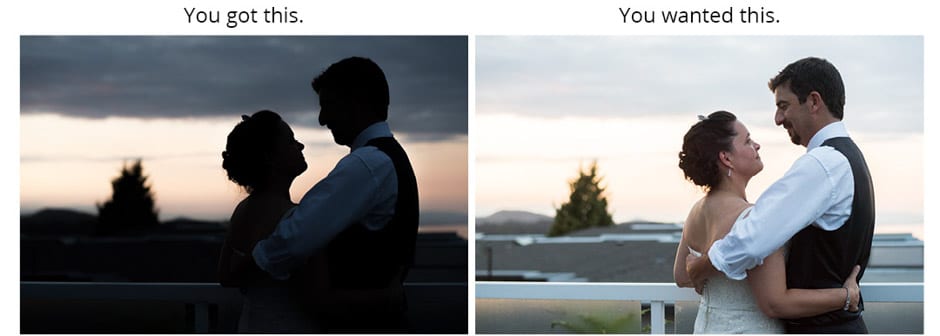
What’s the problem? When your subjects are in front of a bright background, like the sky or ocean, the camera tends to underexpose the image (i.e. make it too dark) and your subjects become silhouettes. The camera tries to make the entire frame average out to a medium gray. You need to expose for your subjects and not the entire scene.
You can fix this with: manual exposure or exposure compensation; spot metering
Weird Colour Casts (aka incorrect white balance)
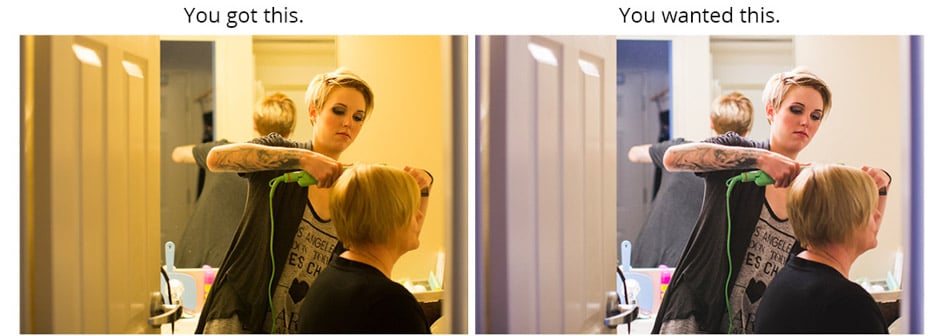
What’s the problem? The camera, using auto white balance settings, is misreading the colours in the scene and chose an incorrect colour temperature. White balance is used to remove colour casts from your images and try to present them as the eye sees them.
You can fix this with: learning how to change your white balance in camera and/or shooting in RAW and correcting later
Too Much or Too Little Motion Blur
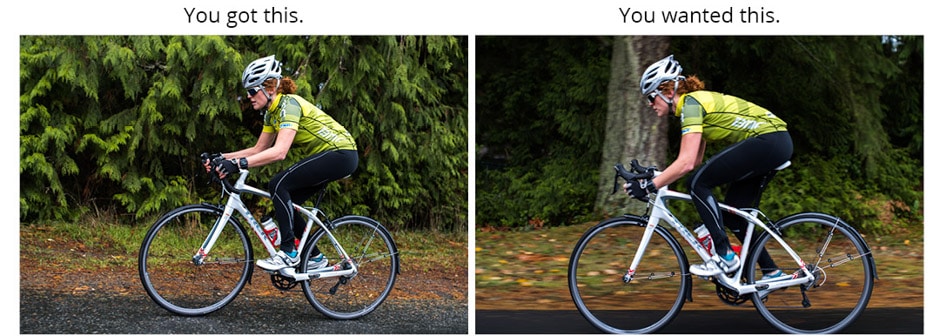
What’s the problem? You wanted to show motion, as above, but the camera froze the subject. Or more commonly, you wanted to freeze the motion, but the subject was blurry instead. This is a problem with shutter speed. The image on the left has a shutter speed of 1/640 and the one on the right is 1/100.
You can fix this with: learning how shutter speed works (basically, a slower shutter speed shows more motion blur)
Focus on the Wrong Subject
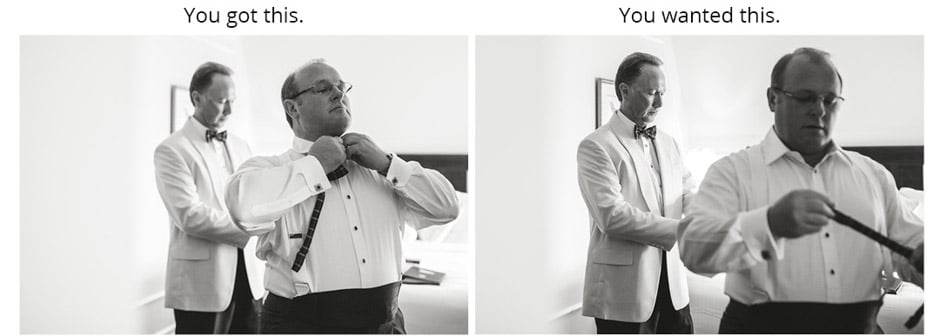
What’s the problem? You want to focus on a subject other than what the camera wants to focus on. Cameras with face detection might focus on the wrong person and cameras without might focus on something else entirely.
You can fix this with: using a single focal point and moving it onto your subject
Too Much is in Focus
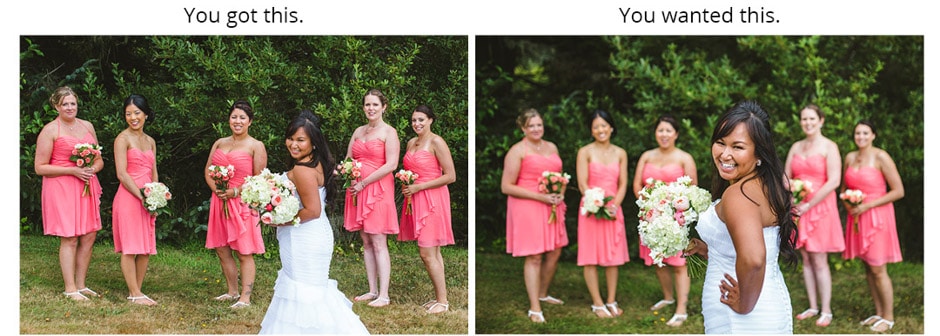
What’s the problem? You wanted the background to be blurry, but your camera got everything in focus instead. For the above images, I used a 35mm lens at f4 for the image on the left and f1.6 for the image on the right.
You can fix this with: learning about depth of field (aperture, distance, lens choice)
Want to learn how to fix these problems and more?
Sign up for my free ebook “Take Better Photos of Your Family” and get notified when my online course is ready.
